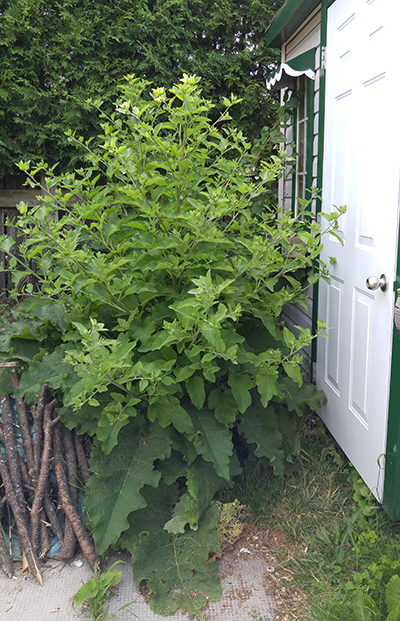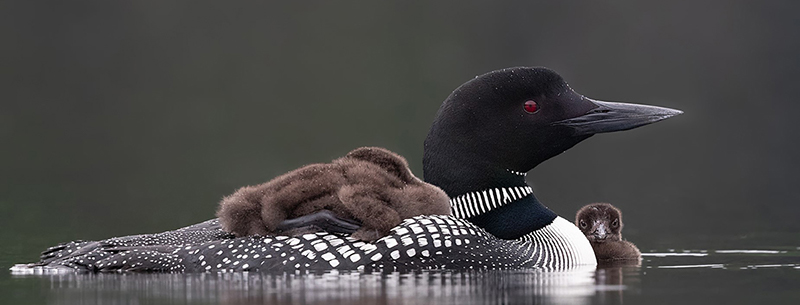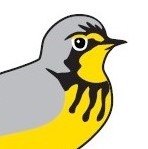
Barn Swallow Photo: Christian Artuso
The recently published State of Canada’s Birds 2019 report suggests some actions you can take to improve the conservation outlook for bird populations. We know how passionate our readers are about helping birds, so we created this list of specific examples that you can try right now, this summer. Please spread the word!
1. Watch the birds
Volunteering for a Citizen Science program is a great way to help birds while learning more about them and enjoying the outdoors. Here are a few programs you can volunteer for right now:
eBird Canada: eBird is one of the world’s largest Citizen Science projects. Anyone can create a free account. Watch birds anytime, anywhere, then submit your bird observations. You will be adding to a worldwide database used for scientific research and for informing conservation decisions.
Canadian Lakes Loon Survey: Monitor loons at any lake in Canada that you visit throughout the summer. This program runs from June to August, but you can still contribute your observations for 2019. Please email Kathy Jones to find out how.
SwiftWatch: If Chimney Swifts roost in your community, you can help keep tabs on their population by monitoring a roost site. Please contact our Ontario or Maritimes SwiftWatch coordinator for more information.
Saskatchewan Breeding Bird Atlas: Lend your skills to the largest Citizen Science effort ever undertaken in the province. It’s easy to participate and a fun way to explore this beautiful place. Learn More.

Remove burdock before the burrs form.
2. Garden for birds
Gardening with native plants provides habitat and food sources for birds. Oak, cherry, plum, and willow trees host caterpillars that birds feed to their young. Goldenrod, asters, and sunflowers produce seeds that birds will eat. If your local nursery doesn’t carry native plants yet, suggest to them that they start.
Remove non-native burdock, which can ensnare small birds in its prickles, from your property.
Don’t be too tidy. Let some flower heads go to seed to feed the birds. Leave a brush pile in the corner, and when it is safe to do so, leave dead trees standing – both provide shelter for birds.
Check carefully for nests before you prune bushes, trees, and hedges.
3. Keep birds safe and healthy
Take action to prevent bird collisions. Find out how to make windows and other glass surfaces (e.g., balcony railings) safer for birds. If you decide to purchase Feather Friendly’s DIY kit for preventing collisions, you can use coupon code BSC2019 – Feather Friendly will donate $1.00/roll to Bird Studies Canada.
Give birds space. Many birds are raising young or migrating and need to devote their time and energy to these challenging tasks. Use binoculars or long camera lenses to see birds up close without disturbing them. Give waterbirds a wide berth when you are boating. Stay back from shorebird flocks when they stop to rest during migration and keep pets on a leash at the beach.
Provide cats with entertainment and exercise with a “catio”, harness walking, or indoor playtime. Choosing alternatives to allowing cats to roam outside will save bird lives.
Keep bird feeders and baths clean to protect birds from mold and disease. Project FeederWatch has great instructions for feeder care. If you see sick birds or hear reports of sick feeder birds in your area, take down feeders and baths until winter, and clean and disinfect them before putting them back out.
Thank you for all you do to help birds – in the summer, and year-round!

Common Loons Photo: Missy Mandel

